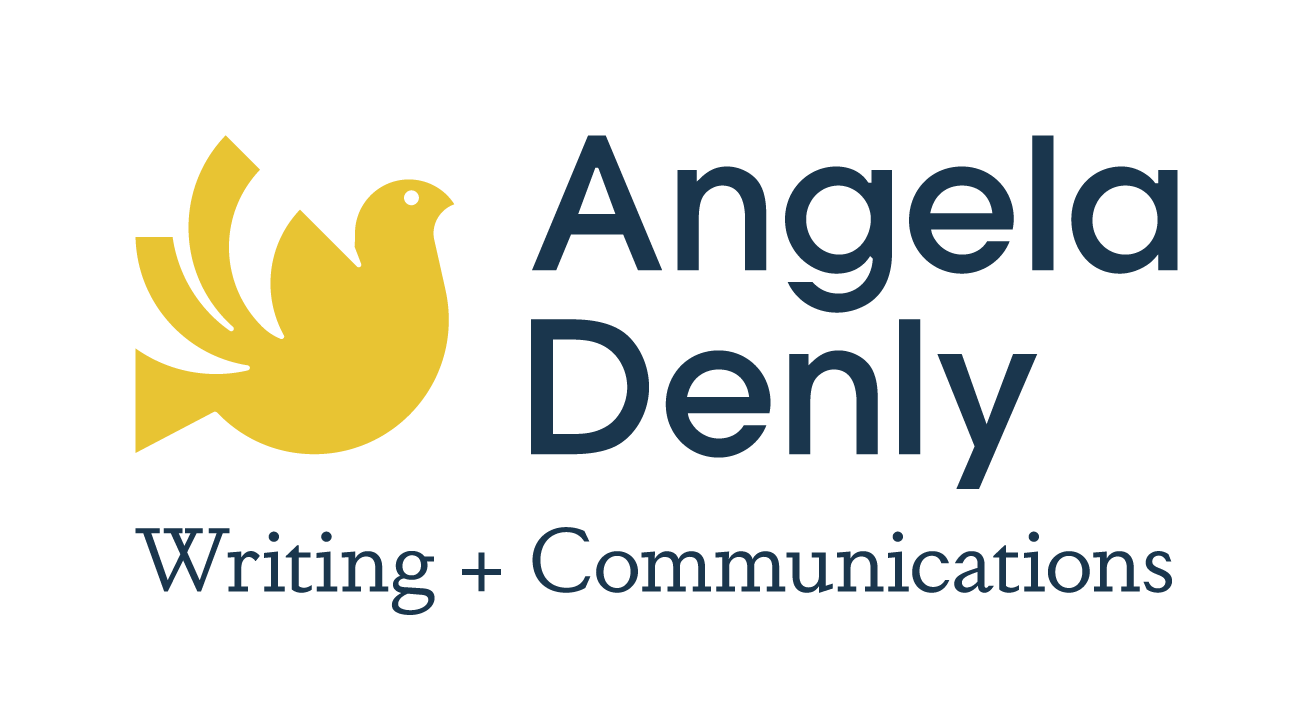09 Mar Same, same but different – how you can tailor the same message for different audiences
There’s only so much you can write about a topic, right? Wrong! I say there is no end to what can be written about a topic when you take a moment to step back and think about the various audiences and what they need to know about a topic. And for any piece of writing (or any communication!), the audience should be absolutely your first and most important consideration.
So for all those people out there who know that content is important and that fresh, unique content helps Google to find you, but don’t know where to start – start with your audience. This will help you to develop a strong list of topics that you can then refine and create an editorial program that will help boost the credibility of your website.
[ctt title=”Want to develop fresh, unique content? Start with your audience.” tweet=”Want to develop fresh, unique content? Start with your audience. For more tips, check out this post.” coverup=”0bJ00″]
Let’s use an example. Say you’re a psychologist that specialises in youth mental health. What audiences can you write for? There’s your potential patients, their friends and peers, parents of adolescents, teachers, other medical professionals, government of various tiers, local health and community services. What topics are relevant to each of those audiences? Let’s brainstorm together now!
Potential patients: what to expect at a psychology appointment, how to make an appointment, what treatment strategies might be discussed for you, how to know if you might need psychological help, what services are available in the community and how to access them, what online resources are worth using
Friends and peers: warning signs that your friend might need help, how to raise concerns with safe adults, what resources might be helpful, strategies for supporting your friend in a safe and non-judgemental way, information on the links between drugs and alcohol and mental wellbeing
Parents: how to get help for your child, finding a balance between promoting independence and getting support, an overview of online and local support services, tips on how to engage in discussion about mental health with your teenager, what’s normal teenage moodiness and when to be concerned, helping teenagers to assess risky behaviour
Teachers: resources for developing lesson plans on mental health and wellbeing, how to recognise warning signs and when to approach parents, when to refer children to professional counselling, the more subtle signs of bullying
Government: (anonymous) anecdotes of mental health issues in the local community, which services are needing more help
Other health professionals: guest posts on other websites on what to expect from a psychology visit, guest posts from other professionals – eg the role of nutrition and exercise on mental wellbeing, guest post from GP on the role of pharmaceutical support for mental health – when to use medication and when not to, how medication and counselling work hand in hand
And there you go, without even breaking a sweat, we’ve got enough topics for a 400-500 word blog post every couple of weeks for at least half a year. Through in some commentary on topical news items, book reviews, round ups of online resources and pieces on key events (eg RUOK Day, Mental Health Week etc) and you’ve got a strong editorial calendar in place.
Do you need help coming up with ideas for your content marketing? Or have the ideas but no time to actually write the content? I’d love to discuss how I can help you. Contact me and we can arrange a time to figure out your specific needs!


Pingback:Understanding your copy deck | Angela Denly | Copywriter Sydney
Posted at 15:00h, 27 May[…] reviewing your copy, look back to your customer profile and ask – does this copy serve my audience? Does it answer their questions? Remember, it’s not about what you want to say – it’s about […]